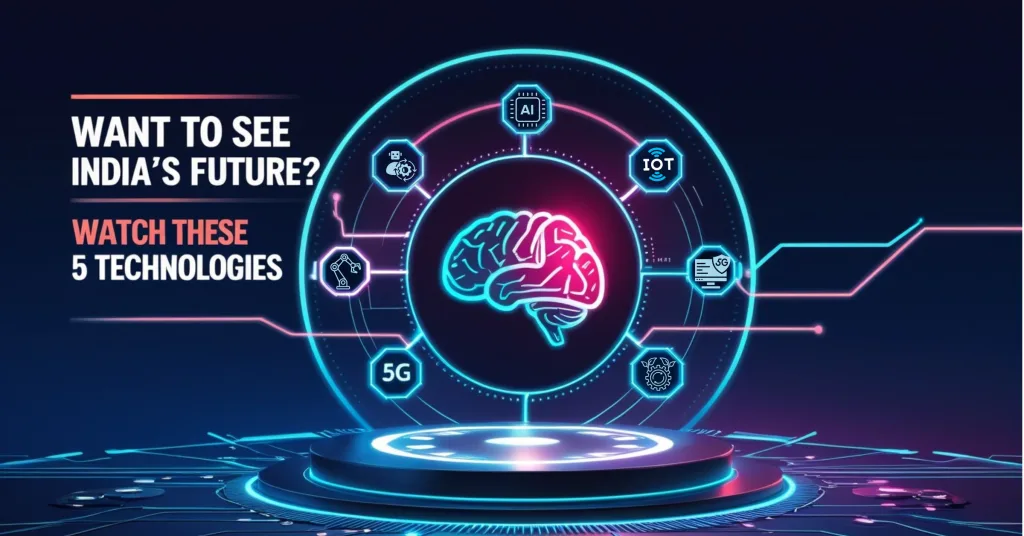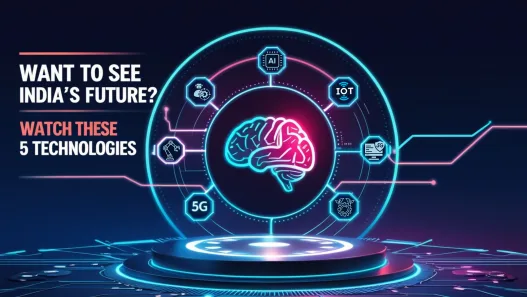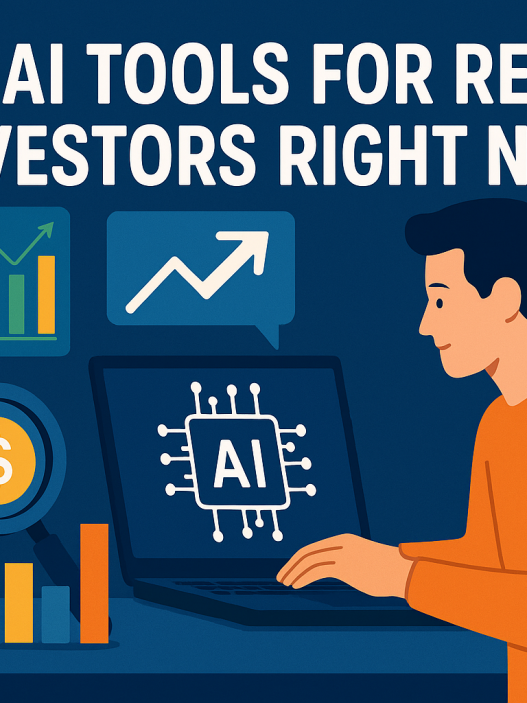
India is a land of young minds and fast changing technology. India is setting herself at par with the world and adapting technologies that can make the country smarter. There are five top technologies in India that will tend to enhance the development of India.
- Artificial intelligence & Machine learning: According to a study, the Machine Learning market in India will be almost USD 19 billion by 2031. There is a huge application in the country, adopted by various industries. Sources indicate that the market for Artificial Intelligence in India is estimated to reach nearly USD 32 billion by 2031. There are various industries that will benefit from the use of ML, AI and other technologies in India. Let’s see the segments that will use these technologies.
- Healthcare: By the integration of predictive analytics and artificial intelligence, it’s possible to transform healthcare and medicine in India. Treatment can be improved by early diagnosis and individualized approach. Predictive AI can enhance drug discovery with the aid of enormous data. Companies like Healthifyme, Pharmeasy, Healthkart, TricoghealthIndia, and Nirmai Health Analytix are gaining fame as predictive AI application gains importance.
- Banking & Finance: Predictive AI and machine language can aid in detecting financial fraud, and provide a real time notification. They allow the banks to have credit risks, and make well informed decisions, thereby managing their portfolios. Among many Indian banks, HDFC, ICICI Bank, SBI, Axis Bank, and Kotak Mahindra have utilized AI in improving customer experience, enhancing efficiency, and heading towards better risk management. Application of artificial intelligence in India will majorly change the start-up scenario of the country.
- Retail & E-Commerce: Predictive AI can cause huge change in the e-commerce and retail segment of India. The pricing strategy and operational efficiency can be improved while customers can provide feedback. Forms will earn the maximum benefit from customer’s feedback. Companies like TATA Cliq, Nyka, and Magicpins utilized chatbots to handle almost 60% of queries.
- Logistics & Transport: Predictive AI has a great role in supplying delivery vehicles on time, lower the fuel usage and enhance the delivery time. There is a great role in delivering predictive maintenance, thereby preventing expensive equipment failures. They ensure the dependability of transport assets and improve the overall use of inventory. Companies like Delhivery, Shadowfax, and Porter use predictive AI and machine learning for planning routes in real-time, and bypass traffic congestion.
- Internet of Things: The IoT or Internet of Things has a great future in India, making almost USD 10,278 in 2030. The growth of this technology is fuelled by the rise of smart cities and digital India across various sectors. There are some instances of the rise of IOT in India.
- Smart Cities: Some smart cities in India will implement parking systems, street lighting, and traffic management solutions.
- Smart Agriculture: There are some real time monitoring of soils and crops by using high technology monitored sensors.
- Healthcare: The IoT will develop remote patient monitoring and disease management systems.
- Smart homes: There is a development of connected devices for security, home management, and energy management.
- Industrial automation: IoT is used for predictive maintenance, optimization of processes, and remote asset management of any manufacturing items.
The various IoT companies gaining roots in India are- Athos Technology, Bosch, Futuristic Technologies, Siemens, Tata Consultancy Service, HCL Tech, IBM, Infosys, Honeywell Automation India Ltd and many more.
- 5G and advanced computers: According to a study, the availability of 5G services in India reached 52% in 2023. The 5G connections are gaining roots in India due to various reasons:
- Growing demand for high-speed internet: In India, the demand for data is surging, which leads to faster speeds and lower latency. This leads to a faster download and better experience.
- 5G smartphone adaptation: The wider availability of compatible devices is the main driver of 5G adaptation. 5 G-capable smartphones have an expanding base in India.
- Government support & infrastructure development: The government supports the adoption of 5G and encourages the manufacturing of 5G equipment.
- Transforming various sectors: The availability of 5G has transformed various sectors like healthcare, insurance, and other IT-enabled services.
There are increased investments in the 5G industry and advanced computers. The notable 5 G-enabled companies in India are Bharti Airtel, Tejas Network, Vodafone Idea, Jio, HFCL Ltd, Starlite Industries, and many others.
- Robotics & Automation: India will experience a surge in the demand of robotics and automation. There are several reasons for the adaptation of the same. The industries robotics will be used in are mainly manufacturing, logistics, healthcare, automotive, food & beverage, and space surveillance. There are various reasons India will get support in this field.
- Government support: The government is actively investing in robotics to foster a conducive environment.
- Rising demand: Various industries like the healthcare, logistics will start emphasizing in robotics for efficiency, safety and accuracy.
- Industry adoption:
- Domestic production: There is a vicious requirement in the domestic segment for manufacturing, especially mobile phones and other electronic gadgets.
- Start-up ecosystem: India is a country with young minds, and they are now emphasizing start-ups. Robotics finds an inherent role here.
The various companies emphasizing robotics and automation in India are – TATA Group (TAL manufacturing solutions), GMR Group, Addverb, GreyOrange, Fanuc India, Gridbots, DiFacto robotics & automation, and Systemantics Robots.
- Green energy technologies: India has made remarkable progress in green technology and global energy transmission. The country has set a target by 2070 to achieve net-zero emissions. By 2030, India will achieve its total energy renewables of 500 gigawatts. India scales up for the adoption of electric vehicles (EVs), green hydrogen production, and other energy storage technologies. India is coming up as a 4th global leader in the field of renewable energy capacity, and is driven by a 36.5% CAGR in solar power. The Indian companies dealing in green energy are:
- Adani Green Energy
- ReNew
- Tata Power
- Sterling and Wilson
- Suzlon Energy
- JSW Energy
- Azure Power
- Inox Wind
- GreenKo Energy Group
India is trying to move towards green energy mainly because of the following reasons:
- Greener energy, like hydropower, solar, and wind energy, produces significantly lower greenhouse gas emissions as compared to fossil fuels. A shift away from coal and other sources can lead to pollution-free air.
- Dependency on solar energy will be cost-efficient in the future.
- There are various government-adopted missions, like the Jawaharlal Nehru Solar Mission, playing an important role in promoting solar energy.
These are the major five technology that will change India forever. There are others also to the list and this could be never ending. If you are a thinking about a start-up in India, then these adapting these major technologies can be beneficial to India’s development.
















